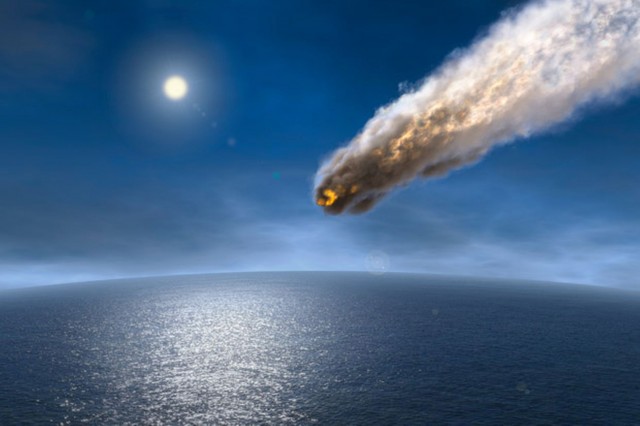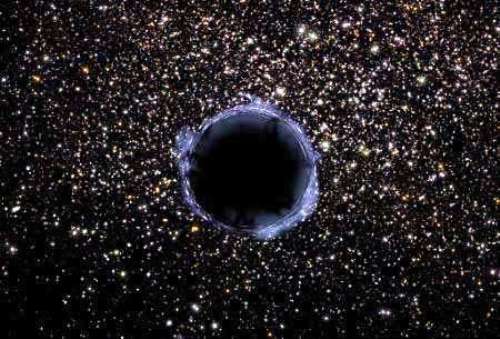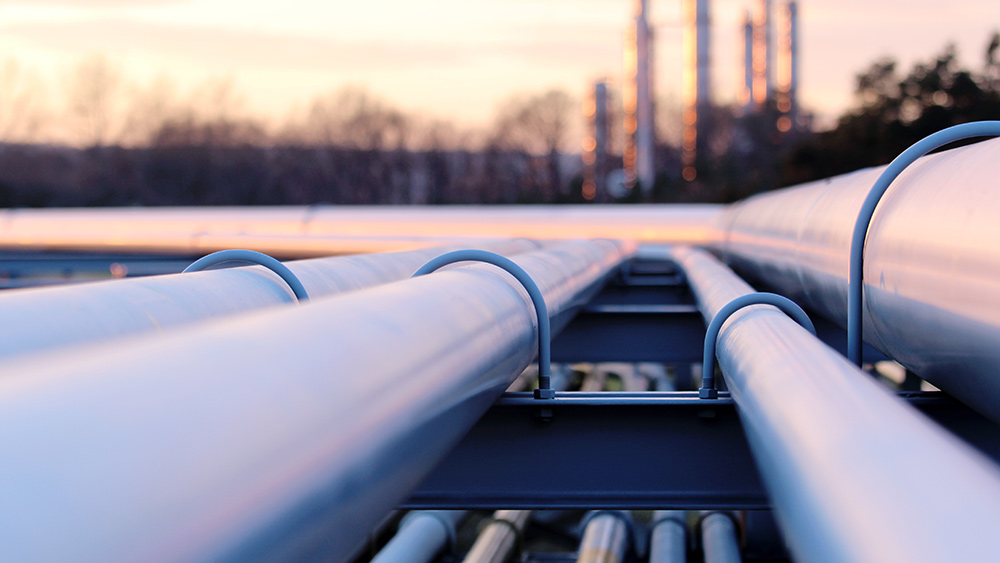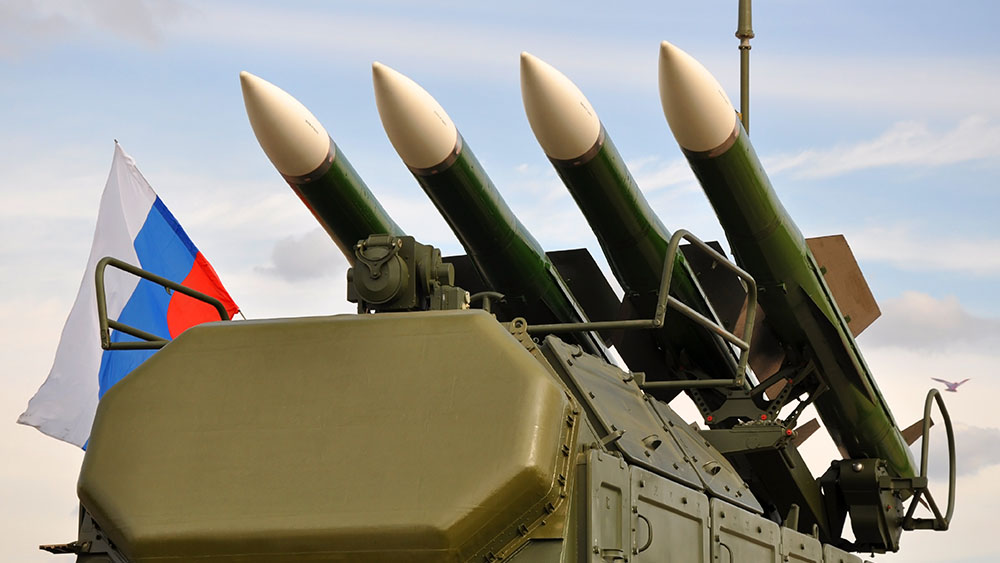
- NASA's JPL is tracking asteroid 2025 PR1, a house-sized rock passing within 609,000 miles of Earth on Aug. 16 – closer than some satellites. Three more asteroids (including one stadium-sized) will skim past this week, highlighting frequent near-misses.
- 2024 YR4, a 200-foot "city-killer" asteroid, now has a 4.3 percent chance of hitting the Moon in 2032. A strike could eject 220 million pounds of debris, with 10 percent reaching Earth as meteors and high-speed fragments endangering satellites.
- A lunar impact could disrupt GPS, weather monitoring, and internet services for days due to debris. Solar system expert Paul Wiegert compares the blast to a "large nuclear explosion," leaving a mile-wide crater.
- NASA's asteroid-tracking programs face funding shortages, jeopardizing defenses against future threats like Bennu (a 1,640-foot asteroid with a 1-in-2,700 chance of hitting Earth in 2182). Lack of investment risks leaving humanity unprepared.
- Past events like Tunguska (1908) and Chelyabinsk (2013) prove asteroid impacts can cause devastation. While NASA's DART mission (2022) proved deflection is possible, sustained funding is critical to protect Earth's space-dependent infrastructure.
NASA on alert for dangerous space rocks
While NASA plans to reassess 2024 YR4's trajectory during its 2028 flyby, the agency's asteroid-tracking programs face funding shortages. This undermines preparedness at a time when threats like Bennu – a 1,640-foot asteroid with a 1-in-2,700 chance of hitting Earth in 2182 – loom on the horizon. South Korean researchers warn a Bennu impact could trigger wildfires, earthquakes and a years-long "impact winter" from atmospheric dust, slashing global temperatures by 7 F and photosynthesis by 30 percent. Without robust monitoring, humanity risks flying blind. "The 'potentially hazardous' designation simply means over many centuries and millennia the asteroid's orbit may evolve into one that has a chance of impacting Earth. We do not assess these long-term, many-century possibilities of impact," said Paul Chodas, manager of the Center for Near Earth Object Studies (CNEOS). Asteroid impacts aren't theoretical. In 1908, the Tunguska event flattened 800 square miles of Siberian forest with a blast 1,000 times stronger than Hiroshima. In 2013, Chelyabinsk's undetected meteor proved even small rocks can wreak havoc. Yet, despite these warnings, only 40 percent of near-Earth objects larger than 460 feet have been cataloged. NASA's DART mission – which successfully nudged an asteroid in 2022 – shows promise. But without sustained investment, deflection efforts may fall short. The upcoming flybys of 2025 PR1 and its peers are reminders of Earth's vulnerability. While the recent asteroids would pass safely, the 4.3 percent lunar impact risk for 2024 YR4 and Bennu's distant threat underscore a stark reality: Space is a shooting gallery, and Earth is in the crosshairs. Watch this video on the odds of an asteroid hitting Earth in 2032. This video is from the TrendingNews channel on Brighteon.com.More related stories:
NASA updates its plan to deflect potentially hazardous Earth-bound asteroids. NASA discovered 5 asteroids just 2 weeks before they flew past Earth. NASA working on Earth defense technology to destroy asteroids that could obliterate human civilization. Sources include: TheNationalPulse.com Newsweek.com MSN.com Brighteon.comNVIDIA unveils ‘T5-1000’ AI chip – Skynet-level robotics now a reality?
By Finn Heartley // Share
New World SCREWWORM parasite — which eats living flesh — infects first American in Maryland
By Lance D Johnson // Share
A viral video ignites federal firestorm over Minnesota fraud
By willowt // Share
Russia activates "unstoppable" Poseidon tsunami drone
By kevinhughes // Share
Russian FM Lavrov: Moscow will back China on Taiwan issue
By ramontomeydw // Share
The breakfast clock: Why timing your morning meal is a secret weapon against high cholesterol
By jacobthomas // Share
The Health Ranger's New Year Revolution: The ultimate guide to health, wealth and freedom
By kevinhughes // Share
"Absolute Healing" on BrightU: Experts explore COVID-19 as an engineered bioweapon
By jacobthomas // Share











